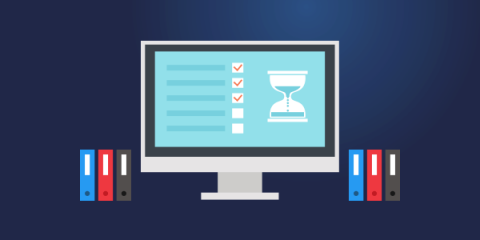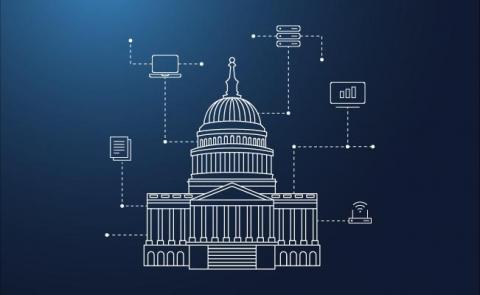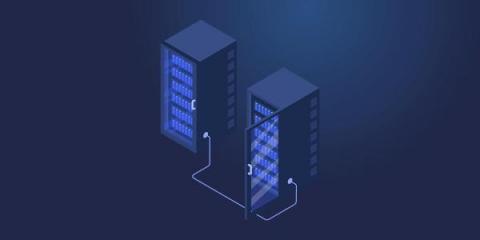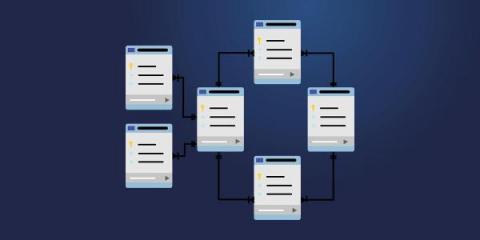Cloud Storage vs. Cloud Backup: Know the Difference
The cloud has become a core component of Information Technology because of its flexibility, affordability, and ease of use. Software is run via cloud subscription models, reducing time to market and simplifying distribution. Entire offices have moved into the cloud, allowing teams of all sizes to collaborate and communicate remotely. Beneath it all, files and data are stored and shared in the cloud where it’s readily accessible across devices.










